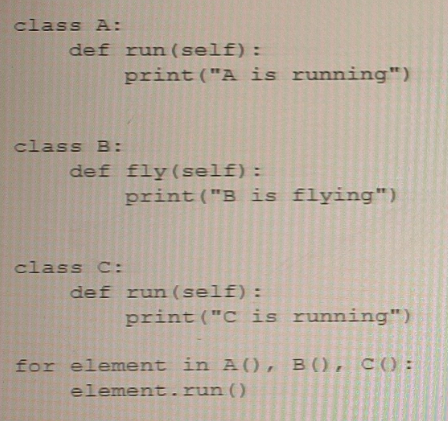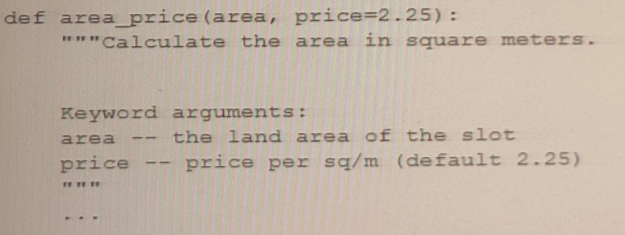Python Institute PCPP1 - Certified Professional in Python Programming 1 PCPP-32-101 Exam Practice Test
Which of the following values can be returned by the messagebox. askquestion () method?
Answer : C
Themessagebox.askquestion()method in Python's tkinter library displays a message box with a specified question and two response buttons labeled 'Yes' and 'No'. It returns a string indicating which button was selected - either 'yes' or 'no'.
In the JSON processing context, the term serialization:
Answer : A
In the JSON processing context, the term serialization: A. names a process in which Python data is turned into a JSON string.
Serialization refers to the process of converting a data object, such as a Python object, into a format that can be easily transferred over a network or stored in a file. In the case of JSON, serialization refers to converting Python data into a string representation using the JSON format. This string can be sent over a network or stored as a file, and later deserialized back into the original Python data object.
The following snippet represents one of the OOP pillars Which one is that?

Answer : C
The given code snippet demonstrates the concept of encapsulation in object-oriented programming. Encapsulation refers to the practice of keeping the internal state and behavior of an object hidden from the outside world and providing a public interface for interacting with the object. In the given code snippet, the__init__andget_balancemethods provide a public interface for interacting with instances of theBankAccountclass, while the__balanceattribute is kept hidden from the outside world by using a double underscore prefix.
Look at the following examples of comments and docstrings in Python Select the ones that are useful and compliant with PEP 8 recommendations (Select the two best answers.)
A)

B)

C)

D)

Answer : B, D
According to PEP 8 recommendations, the two best options areOption BandOption D.
Which of the following methods allow you to load a configuration using ConfigParser? (Select two answers.)
Answer : A, D
ConfigParser is a built-in library in Python that allows you to read and write configuration files. The read method is used to read the configuration file which can be in any of the supported file formats, such as INI, YAML, and JSON. The read_dict method is used to read the configuration from a Python dictionary. The read_conf and read_str options are not valid methods in the ConfigParser module.
Therefore, the correct options to load a configuration using ConfigParser are A. read and D. read_string.
Select the true statements about sockets. (Select two answers)
Answer : A, D
1. A socket is a connection point that enables a two-way communication between programs running in a network.
2. A socket is always the secure means by which computers on a network can safely communicate, without the risk of exposure to an attack.
3. A socket is a connection point that enables a one-way communication only between remote processes.
4. A socket can be used to establish a communication endpoint for processes running on the same or different machines.